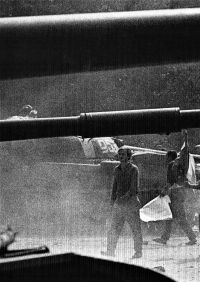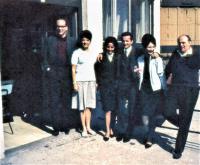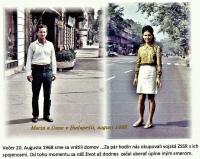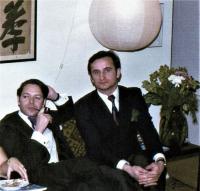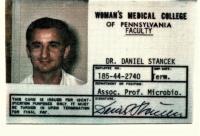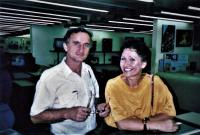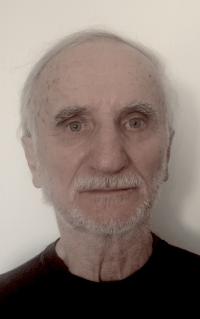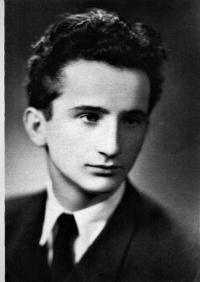Throughout the 30 years, no significant social changes occurred and we haven’t managed to deal with our past
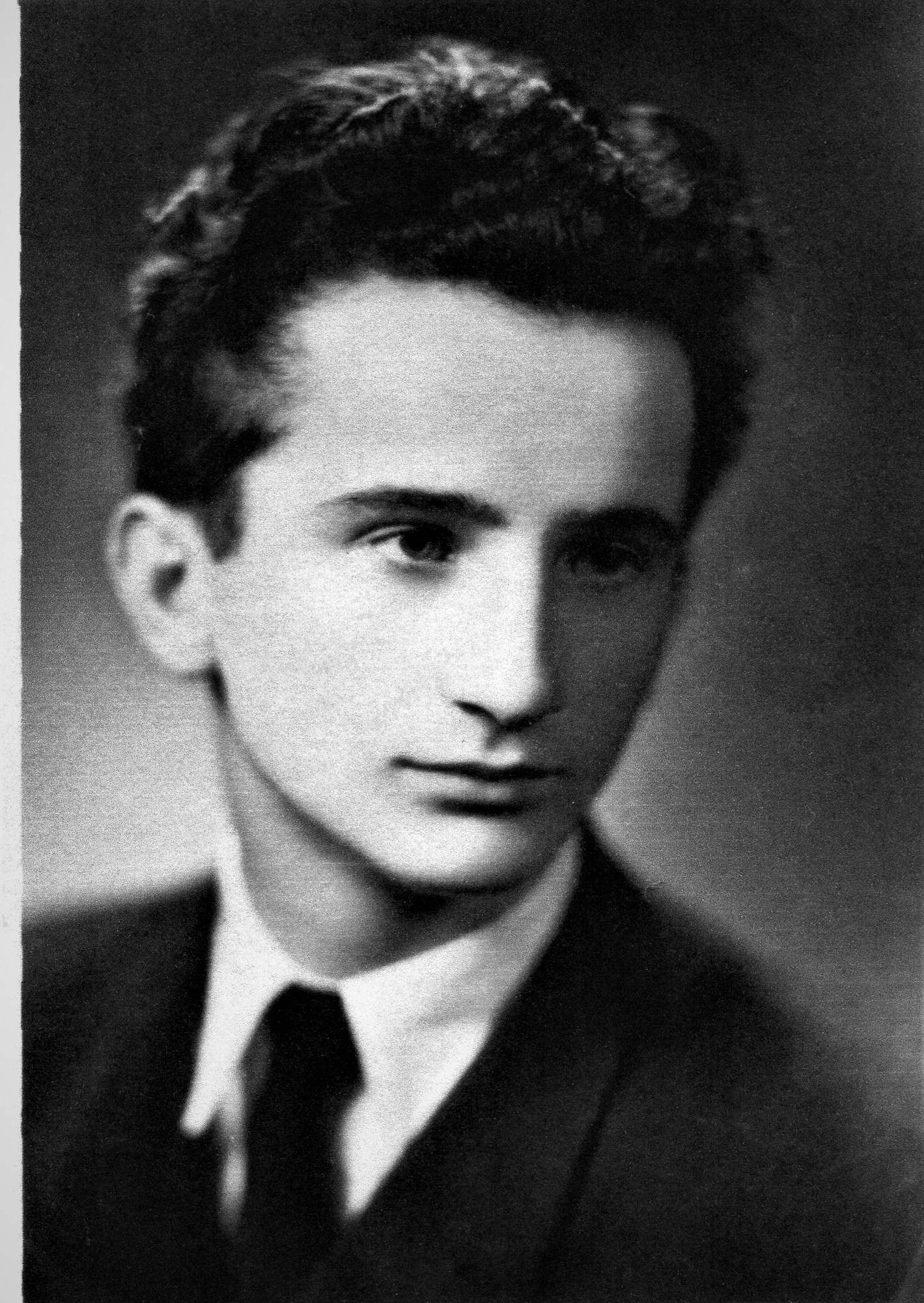
Stáhnout obrázek
Daniel Stanček was born on May 19, 1936 in the village of Hybe. His father refused collectivization as well as to join the Communist Party. Due to Daniel’s good results at school, the director gave him a reference to study at grammar school in Liptovský Hrádok. Afterwards he continued studying general medicine at the Comenius University in Bratislava for two years. In 1956 he transferred to Charles’s University in Prague to the Department of Public Health and Preventive Medicine. Besides his studies he worked part time on research of medical microbiology and autopsies. In 1956 he participated in students’ protests, where they carried a casket labelled with slogan “You have buried the academic freedom”. Back then, there were 110 students arrested and expelled from the studies. Daniel managed to escape. In 1960 he started to work at the Czechoslovak Academy of Sciences, at the Institute of Virology. In 1966 he legally left for a one-year long study stay to Australia. As Dubček’s sympathizer, in 1967 he joined the Communist Party of Czechoslovakia. In 1968 he was taking pictures of the Warsaw Pact troops invasion, however, he was deprived of his camera and attempted to be shot. In November 1968 he handed in his party ID to Dubček’s delegation and left to study stay at the University of Pennsylvania in Philadelphia, USA. Later on, there he also worked as a lecturing professor. After his return home in 1971, he was dismissed from the Communist Party, where he already no longer belonged for 3 years, and he was fired from the Czechoslovak Academy of Sciences. He was searching for a new job for 2 years. Meanwhile he collected minerals and worked in the garden. In 1973 he employed at the regional sanitary station, where he earned less than the laboratory technicians. Here he has discovered a new virus infecting the thyroid gland. As a respected expert, he was asked to travel to Russia 15 times, even though being dismissed from the party. In 1977 he was accepted to work at the Institute of Preventive and Clinical Medicine, where he stayed 22 years. In 1988 he joined the committee of arising democratic political movement Public Against Violence. Due to different views of promoting the possible changes, he left this movement few months later. In 1989 he witnessed the fall of the Berlin Wall. In 1991 he was rehabilitated and awarded.
